Peanut butter jelly sandwich, a soldier in Stop The Hate
The Indian American community's heartwarming initiative to spread kindness in a community overwhelmed by hate
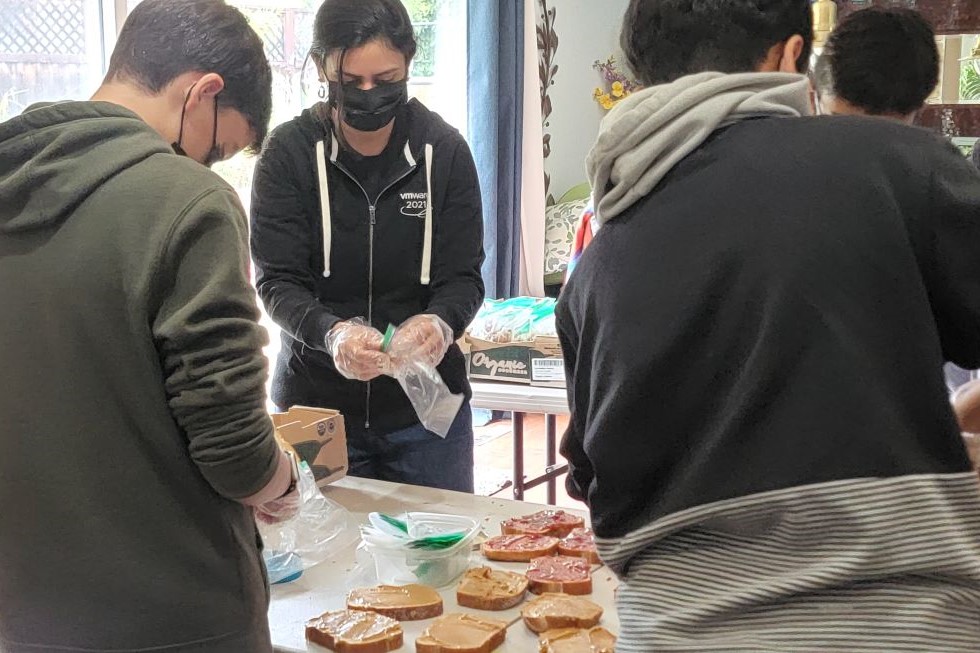 Chani Modi of Imprint Kindness packing PB&J sandwiches made by middle school children. / Courtesy Photo
Chani Modi of Imprint Kindness packing PB&J sandwiches made by middle school children. / Courtesy Photo
Peanut butter jelly sandwiches don’t smell.
“Same, I too carried peanut butter jelly sandwiches for lunch every single day," said 50-year-old Nitin Badjatia who went to school in Youngstown, Ohio, to his high-schooler-in-California nephew, Roshan.
Roshan’s mother was surprised by her son’s request for an unvaried lunch menu. Lunch rooms can be racism minefields. A whiff of curry and you are toast.
The quads of three public schools in California—Saratoga High, Prospect High, and Redwood Middle—saw physical manifestations of hatred last year. As the students filed in one Monday morning, they witnessed dark-complexioned dolls hanging with nooses strung around their necks.
“South Asian students at Los Gatos High School (LGHS) feel personally victimized,“ reported the school newspaper. A Muslim student at (LGHS) who wishes to remain anonymous mentioned, “I remember once in elementary school, it was 9/11, and one girl pointed out that I was Muslim. She made me apologize to everyone in the class for 9/11, when I wasn’t even alive then. Hearing countless jokes and mean words like that made me feel so ashamed of my own religion, and that’s not acceptable at all.”
“Random people ask me all the time if I’m ‘7/11’ or ‘9/11’ brown, and it’s really gross. One time in middle school, on 9/11, in history, we were learning about the firefighters and other people involved and someone turned around and asked if I knew where Osama Bin Laden was hiding. I was in kindergarten when he was killed,” another LGHS student said as reported by El Gato News.
How does an individual, family or community heal from a hate crime, hate speech or hate incident?
Michelle S. Wong, the managing director of Programs at AAPI Equity Alliance, spoke at an Ethnic Media briefing on May 31 on Radical Healing – Culturally-Centered Groups Help Asian Americans Heal from Hate Confirmation.
"The loneliness felt when they (individuals) were spit on a bus, or said a racial slur, or refused service in a restaurant and no one intervened was sad," she said. Wong emphasized the importance of recognizing that racism impacts communities rather than just individuals, drawing a parallel to the shared experience of hatred between Roshan and his uncle, who were geographically and chronologically separated by three thousand miles and thirty years.
An innovative pilot grounded in a healing and hope framework was shared at the briefing.
Healing Our People Through Engagement (HOPE) is a program that emphasizes utilizing community cultural practices and individual strengths. The "Radical Healing Framework" developed by psychologists affiliated with the Black Liberation movement has been instrumental in assisting African Americans in overcoming the effects of racial trauma that has persisted over many generations.
“Many in our communities, in particular newer immigrants may not have a language or a broader historical context to understand their individual experiences with racism. So we aim to create a supportive space that encourages honest connections around the pains of racism,” said Dr. Anne Saw, an associate professor of psychology and affiliated faculty with the Global Asian Studies program at DePaul University in Chicago at the Ethnic Media Services briefing.
It is all the more imperative that spaces be provided for students to heal, said Dr. Shaw, where they can help address the feelings of loneliness and invisibility that many Asian-Americans feel because of racism.
“Sharing personal stories is something that people in Asian culture don't normally do due to community shame and stigma. Radical Healing Framework is actually encouraging people to do just that,” said Dr. Shaw at the briefing.
“Their behavior is in keeping with Asian American culture that we dismiss the smaller things because we don't think it's important,” asserted Dr. Shaw.
What is the framework for Radical Healing ?
“Well, it is very innovative and very new even within the field of psychology,” said Dr. Shaw. . “It emphasizes healing rather than simply coping with the traumatic impacts of racism on communities of color.”
Radical healing is about becoming whole in the face of ongoing racism through connecting with others in our communities. Drawing strength from our community, our culture, our families, engaging in individual and community actions that promote our collective as well as our individual well-being.
How the Indian American community used peanut butter jelly sandwiches to stop the hate
When dark-complexioned dolls hung by nooses around their necks were seen by her son, Redwood Middle School PTA president, Chani Modi, who had been spearheading the peanut butter jelly sandwich drive had middle school children come to her house after school to work together in making the sandwiches.
She then alongwith her husband and son dropped them off at the San Jose shelter home. Modi helped open five student clubs including one for LGBTQ community “My doors are always open. I host a lot of meetings,” she said.
Across the bay, in Milpitas, Amit Agarwal and the Sewa volunteer team make peanut butter sandwiches every month. Agrawal delivers them to Agape Silicon Valley for distribution to the shelter homes.
“Time and time again, Asian American and Pacific Islander communities have shown immense strength in the face of racism and discrimination.
These stories of resilience act as powerful roadmaps, showing us a way to heal from racial trauma and turn hate into positive action,” said Manjusha Kulkarni, AAPI Equity Alliance executive director.
ADVERTISEMENT
ADVERTISEMENT
E Paper
Video



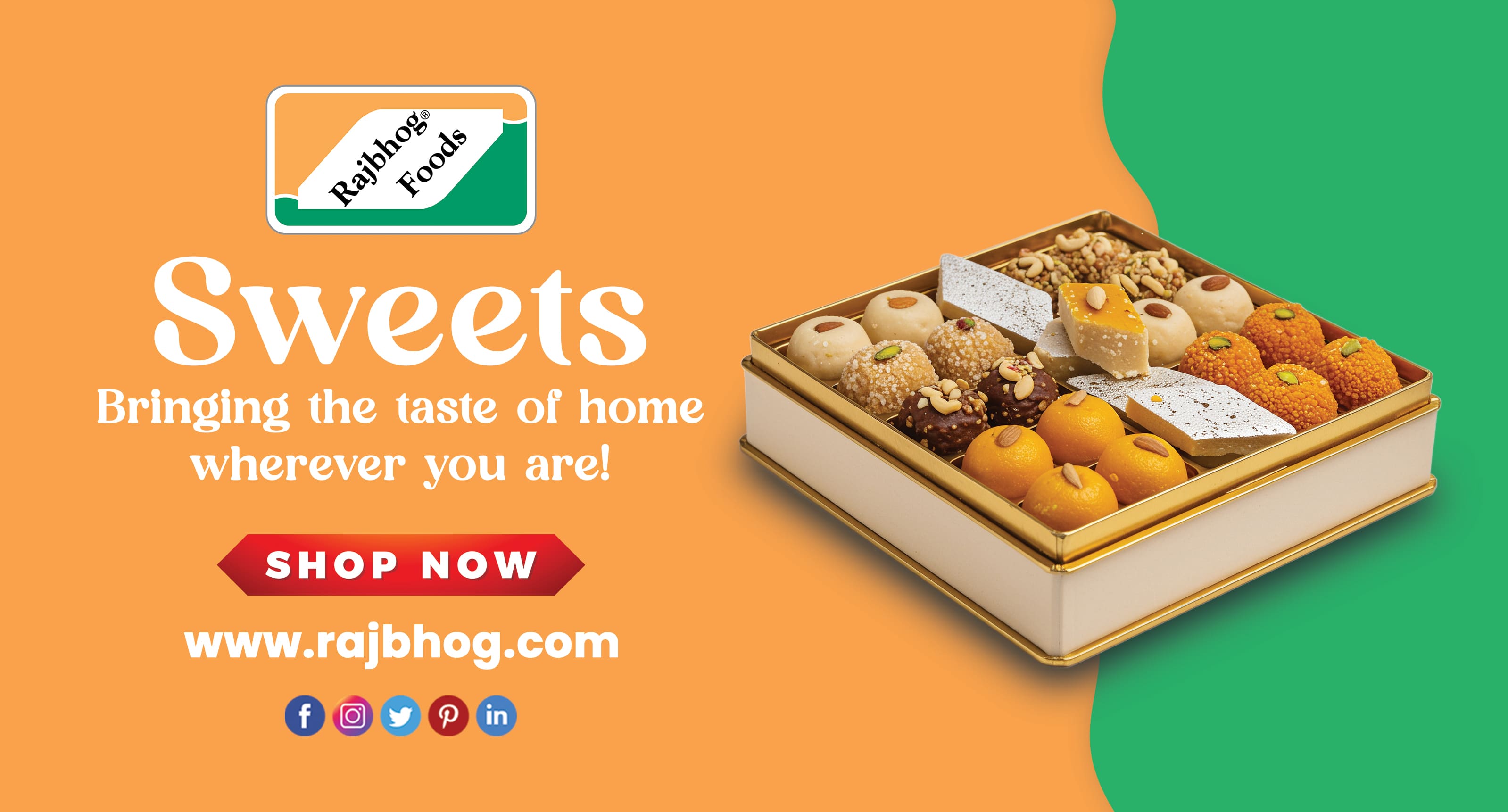
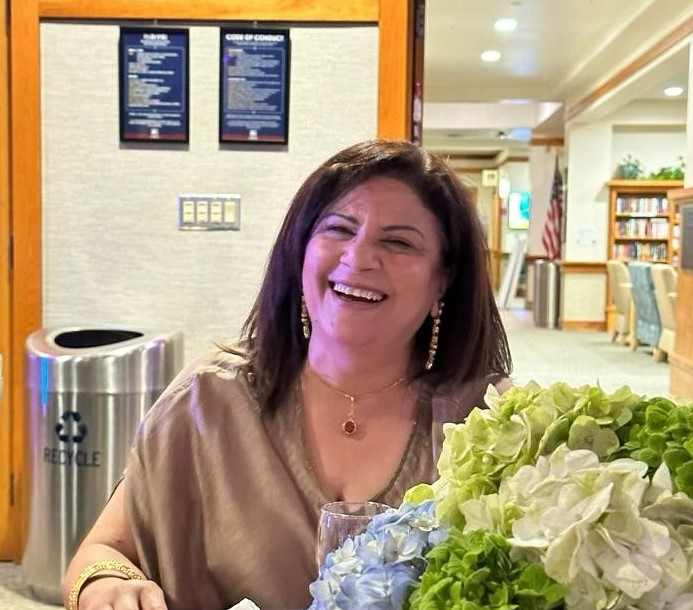 Ritu Marwah
Ritu Marwah 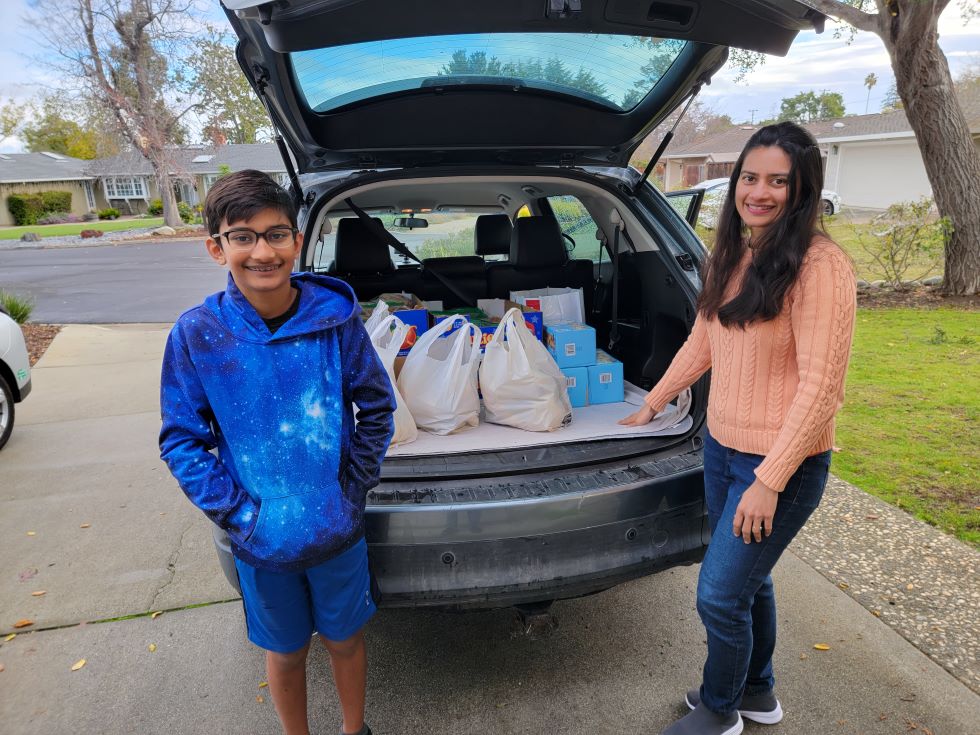
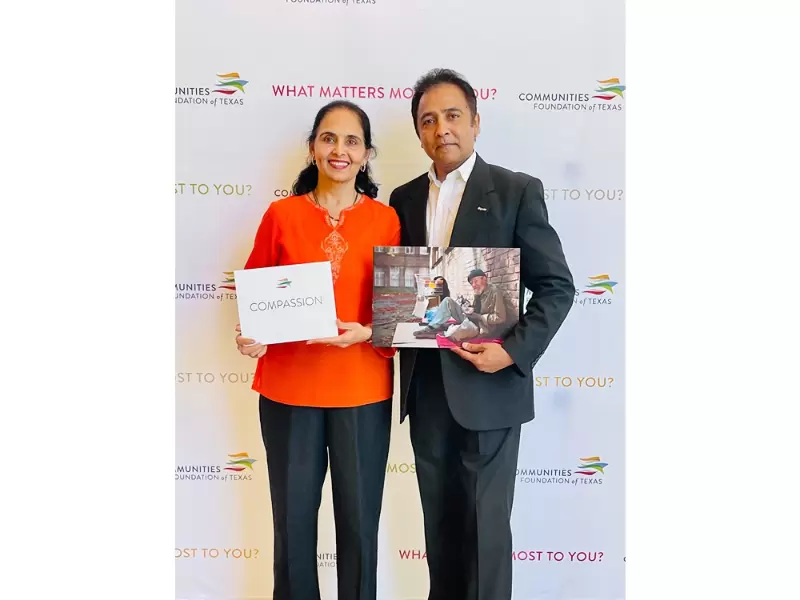
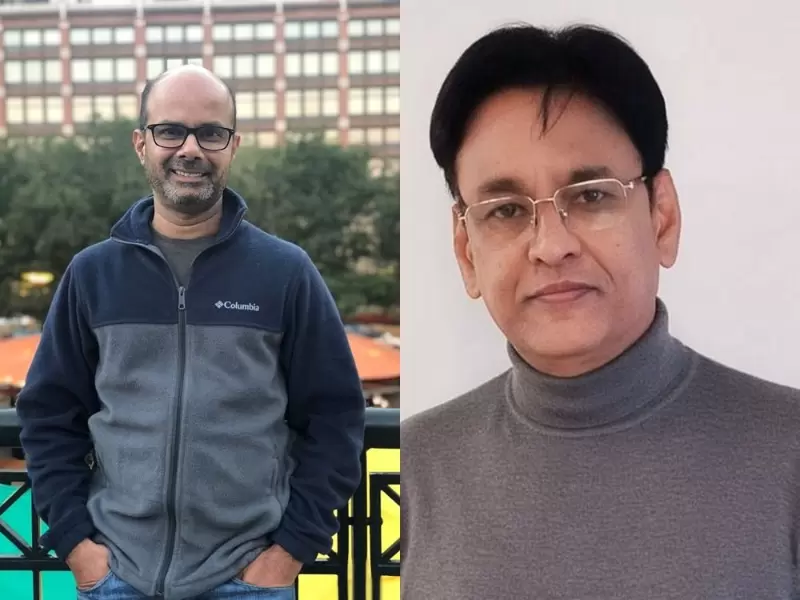
.png)
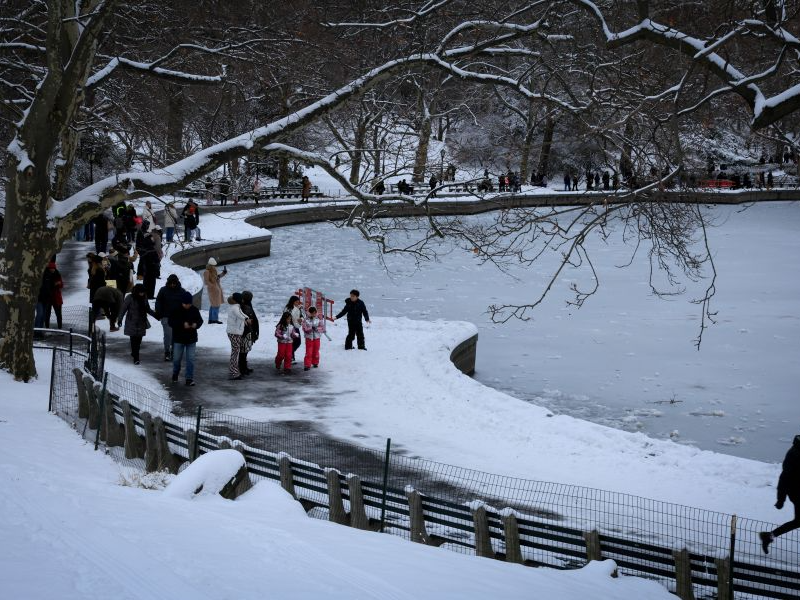
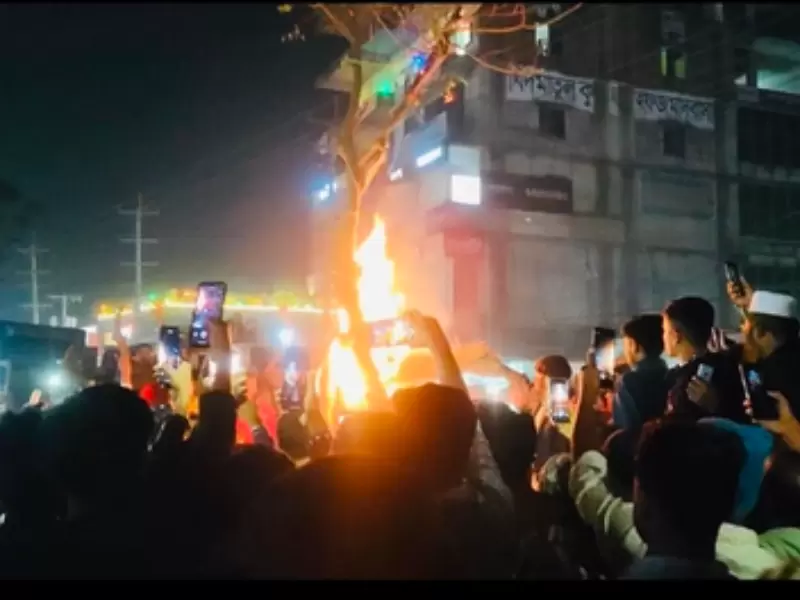
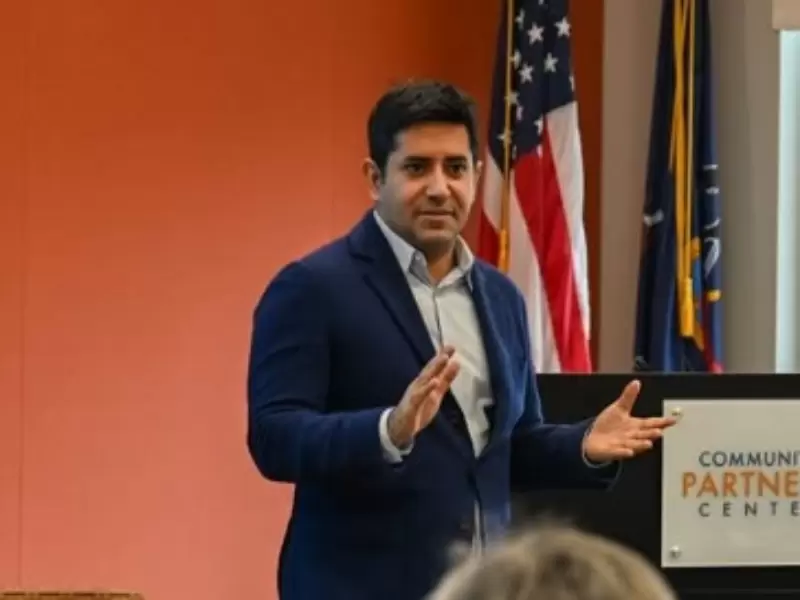

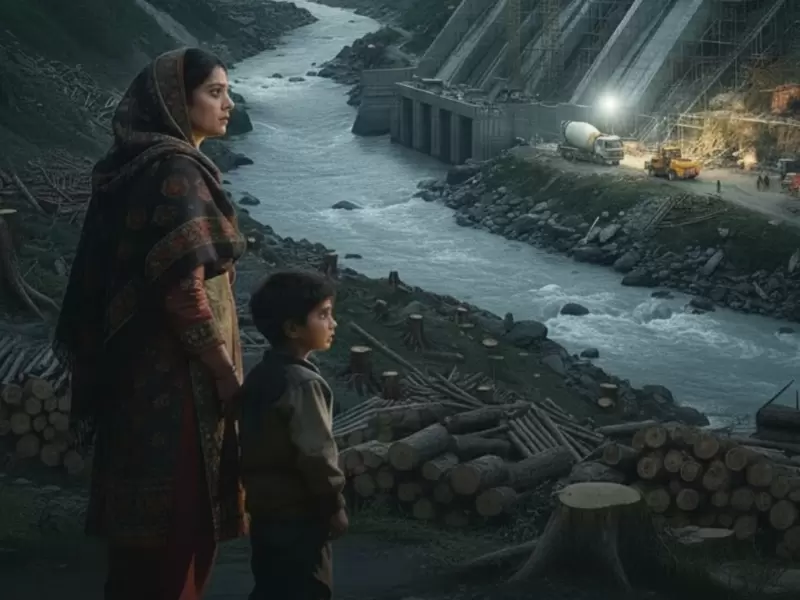
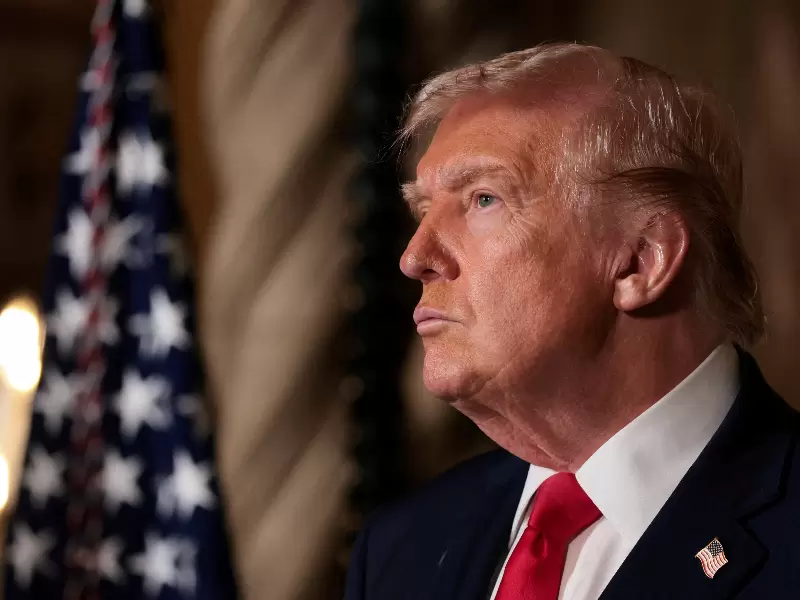
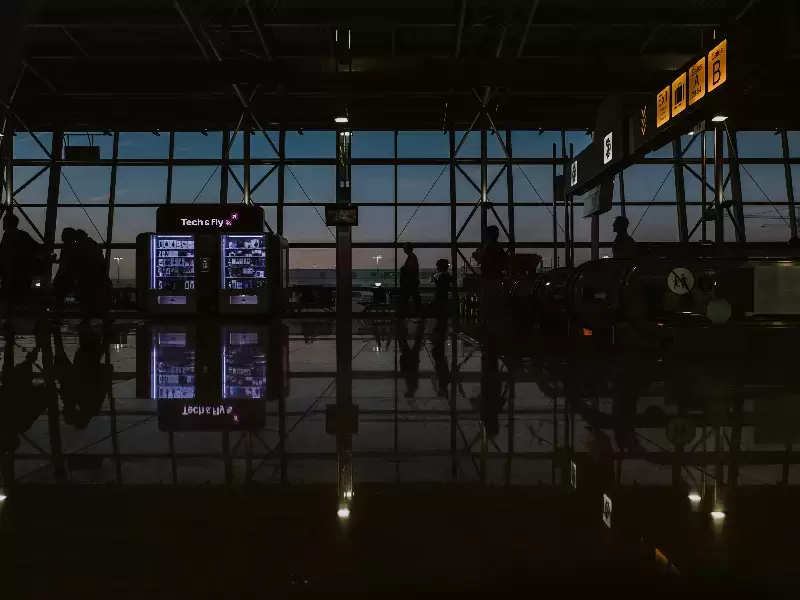
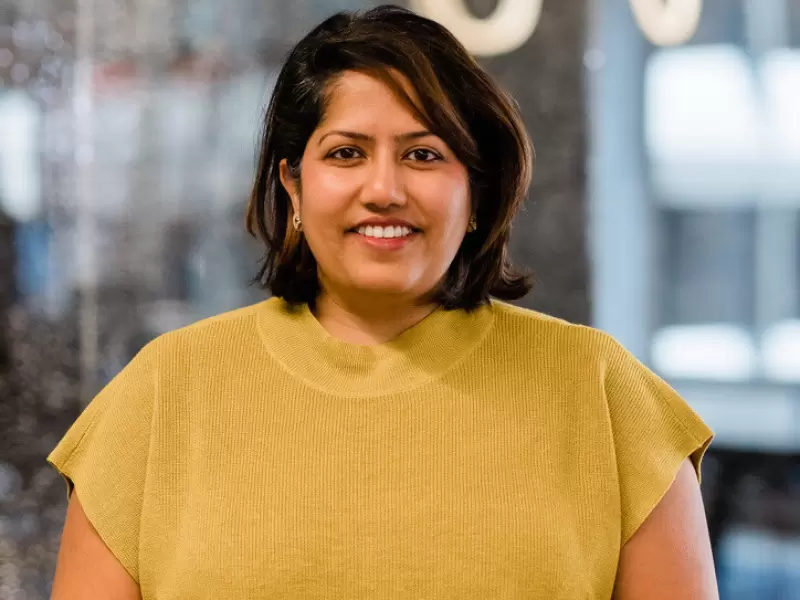


Comments
Start the conversation
Become a member of New India Abroad to start commenting.
Sign Up Now
Already have an account? Login